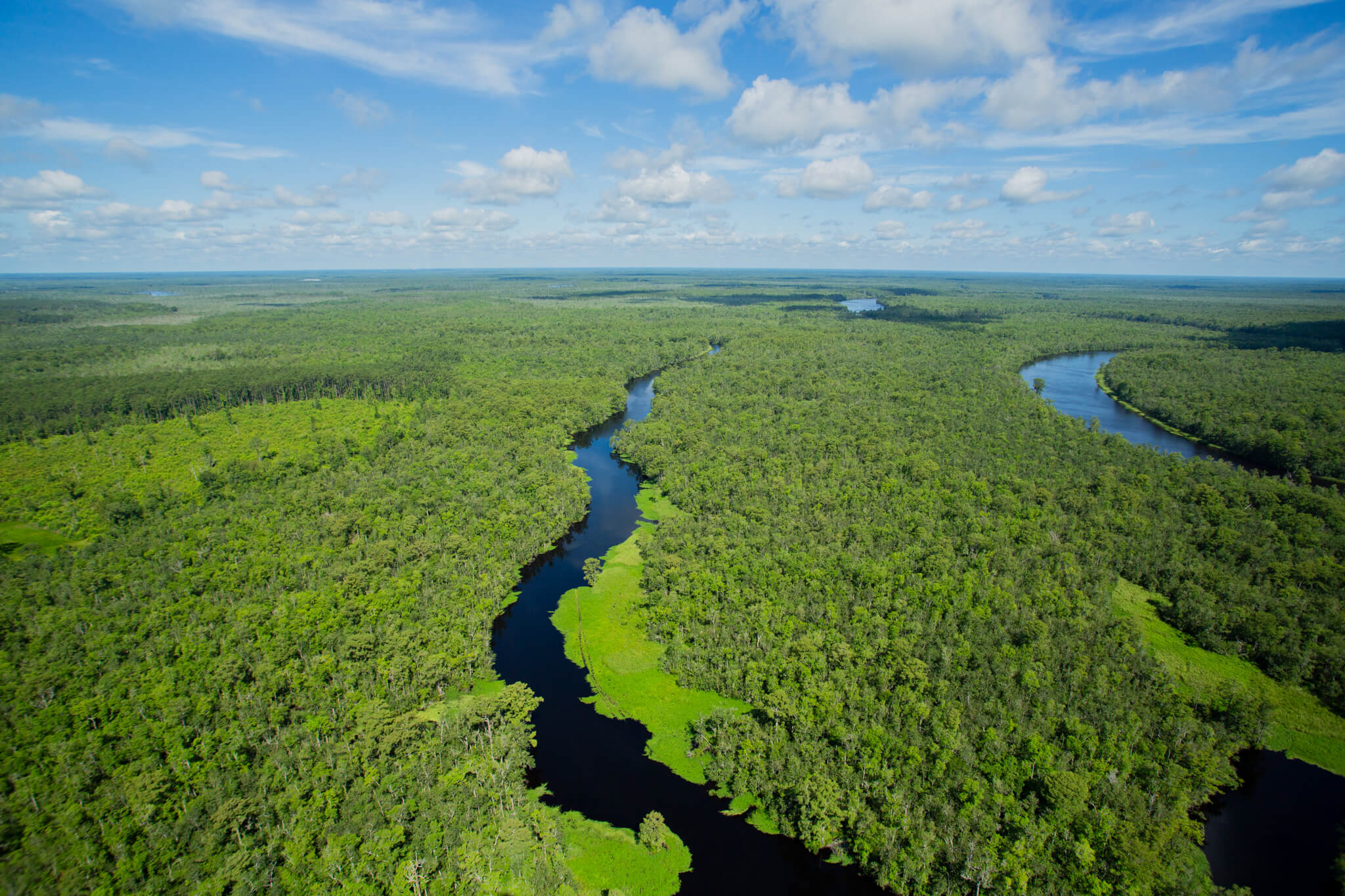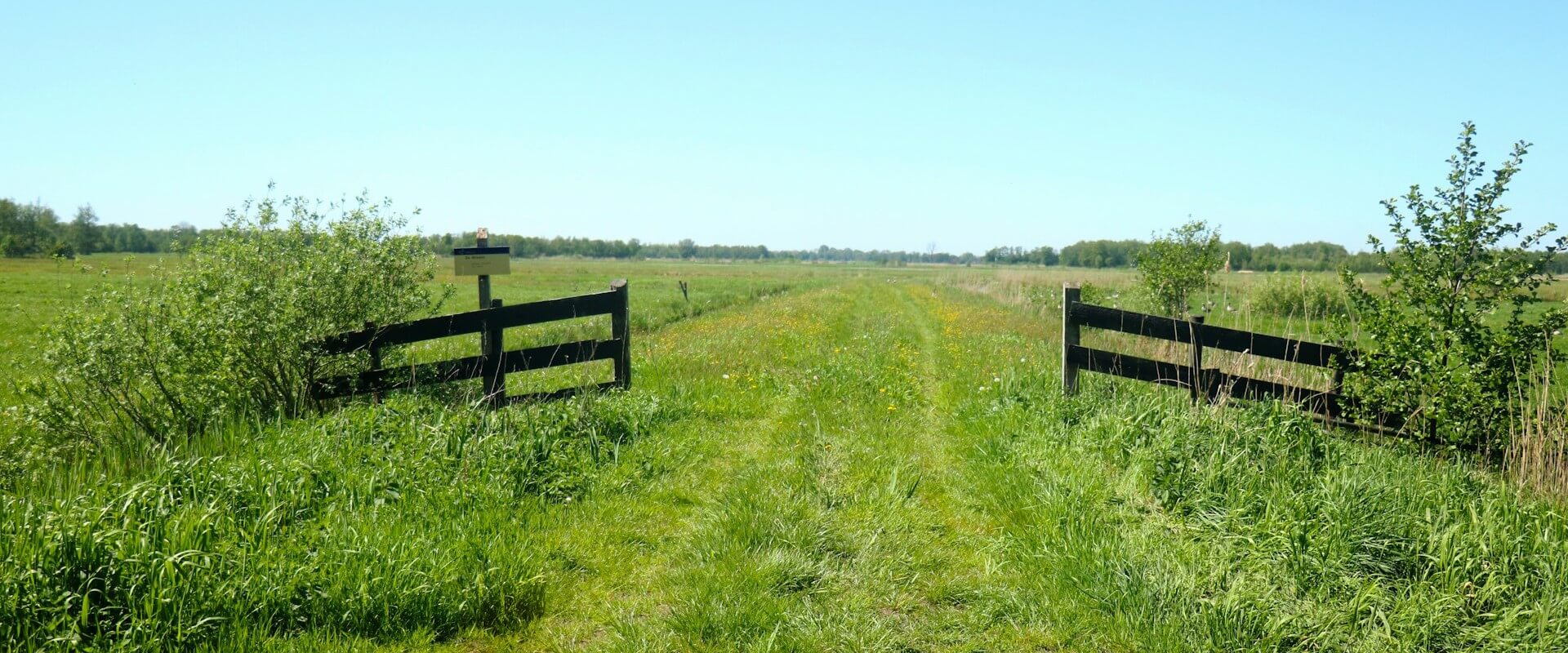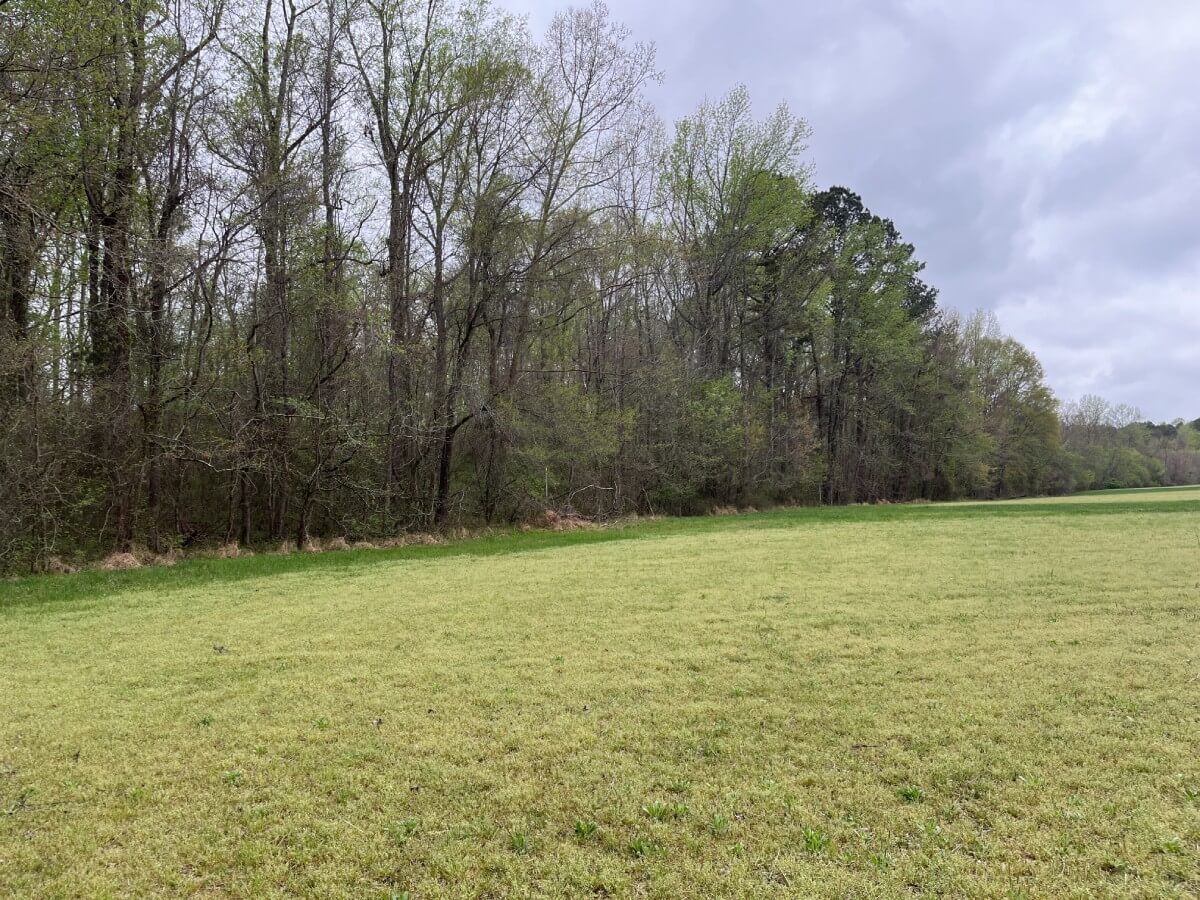Have you ever seen a new acronym online and wondered what it meant? In a world swimming with acronyms like LOL and YOLO, you are definitely not the only one. PFAS isn’t a trendy new text lingo, but actually a dangerous source of widespread environmental contamination.
Per- and polyfluoroalkyl substances (PFAS) have been gaining a lot of attention recently as they’ve been discovered in our waterways, clothes, cookware, and even in our food. With clean water at the heart of happy and healthy communities, it’s important to understand what PFAS are, why they matter, and how conserved lands may offer part of the solution.
What are PFAS and Where Do They Come From?
PFAS are not just one specific chemical, but rather a group of nearly 15,000 known variants. These chemicals degrade very slowly, if at all, taking hundreds, perhaps even thousands, of years to break down completely in the environment. This near-indestructibility is what gives them the apt nickname of "forever chemicals."
PFAS have been widely used since the 1940s in the manufacturing of various everyday items for their water and oil resistant properties. These items include:
- Firefighting foam
- Non-stick cookware
- Stain-resistant fabrics
- Rain jackets
- Food packaging
While these items may offer convenience or serve important functions, their widespread use coupled with PFAS’s inability to naturally break down, has created a perfect recipe for a pervasive environmental contaminant. So while PFAS doesn’t officially stand for Persistent, Frustrating, and Annoying Substances, it certainly seems like a fitting name.
Although contamination has been happening for decades, public awareness and scientific research has been somewhat limited until recently. Major sources of PFAS to our waterways include industrial and manufacturing facilities, firefighting foams, landfills, and wastewater treatment plants. Other sources of PFAS contamination are still being uncovered, but a recent study by Nathan Donley found that pesticides are becoming a more prevalent source of PFAS.
Once PFAS enter our waters, they can bioaccumulate, meaning they are absorbed by organisms low on the food chain and become more concentrated as they are eaten by bigger fish.
This means that PFAS can end up in the fish we eat, ultimately exposing humans to higher levels of the contaminant. This can cause various serious health effects, such as an increased risk of cancer, decreased fertility, developmental delays in children, immune system suppression, and hormone disruption. It is important to take action to reduce PFAS exposures and contamination of the environment.
What Actions Are Being Taken to Filter PFAS from the Environment?
While new types of PFAS are still being identified and filtration technology continues to evolve, some significant regulatory steps have been taken.
In April 2024, the EPA finalized a National Primary Drinking Water Regulation for six types of PFAS, they include:
- PFOA (Perfluorooctanoic acid)
- PFOS (Perfluorooctanesulfonic acid)
- PFHxS (Perfluorohexanesulphonic acid)
- PFNA (Perfluorononanoic acid)
- GenX (ammonium salt of hexafluoropropylene oxide dimer acid (HFPO-DA))
It also included mixtures of PFHxS, PFNA, GenX, and PFBS (Perfluorobutane sulfonate).
This regulation established an enforceable maximum contaminant level (MCLs) in public water systems. Additionally, this regulation states that water providers must disclose PFAS levels in their facilities by 2027 and begin efforts to reduce PFAS to the allowable levels by 2029.
While this is the only federal regulation, many states have their own regulations or are working towards establishing them.
What Actions are Being Taken Against PFAS in North Carolina?
In 2017, public concern about PFAS contamination in North Carolina increased when residents of the Cape Fear River Basin reported elevated levels of GenX, a type of PFAS, in their drinking water.
Contamination was traced back to chemical facilities like Chemours and DuPont, which had been discharging PFAS into the river for decades. This outcry led to increased scrutiny from the North Carolina Department of Environmental Quality (NCDEQ) and advocacy from environmental groups demanding accountability and comprehensive solutions.
After being sued by Cape Fear River Watch, Chemours signed a consent order, legally obligating them to eliminate PFAS discharges to the Cape Fear River and fund extensive monitoring efforts and installation of filtration systems at public water utilities.
The North Carolina Environmental Management Commission (EMC) is still reviewing proposed PFAS standards for both surface water and groundwater. If passed, these would set MCLs for prevalent PFAS compounds.
Why Is Filtration of PFAS Difficult for Private Industry?
In addition to state regulations, several companies and water utilities have begun testing and implementing filtration technologies. These include granular activated carbon, sorbents, and aeration technologies. However, these technologies face several challenges. The vast variety of PFAS makes it difficult to find a universal solution.
For example, PFAS can have long and short-chained structures, and some filtration technologies might only be able to effectively capture the long-chained PFAS, allowing the smaller, equally harmful short-chained PFAS to pass through untreated.
Additionally, the initial investment for these systems can be substantial, creating a hurdle for adoption of these technologies. Furthermore, they require frequent maintenance and replacement.
Once the filter substrate becomes saturated with PFAS and other debris, its efficacy diminishes, requiring either regeneration, an expensive and complicated process, or complete replacement, which creates another wicked problem of what to do with the PFAS concentrated waste/brine. Given these limitations, nature offers a powerful, often overlooked, solution.
Conservation Is Nature's PFAS Filter
Conserved lands play a quiet but powerful role in limiting the spread of PFAS and other contaminants. Acting like nature’s own Brita filter, undeveloped lands limit runoff by slowing down water and allowing runoff to percolate down into soils, rather than quickly moving into waterways.
Wetland areas, in particular, excel at trapping pollutants. This is due to their capacity to slow water flow, the expansive root systems of wetland plants, and the microbial communities in the soil, all of which work to absorb, break down, or sequester contaminants like PFAS.
When these areas are put under conservation easement, they are forever protected from any development or disturbance that might threaten their important ecosystem functioning.
Unique Places to Save plays a crucial role in protecting water quality by working to both restore degraded wetlands and conserve wetland areas.
Conservation Is an Alternative for PFAS Removal
Conservation provides a sustainable alternative to expensive, man-made filtration technologies. While technology and regulations play essential roles in pollution management, by letting nature do what it does best. Conservation offers a sustainable, long term defense, working passively beneath our feet.
As we continue to uncover the full extent of PFAS in our environment, conservation will be an increasingly vital tool in keeping contaminants like PFAS out of our waters and our communities safe.
To help nationwide efforts for conservation and the removal of PFAS from our environment, we encourage you to take action any way you can. A donation to us can help us continue to protect land and water across the country. If you’re interested in taking a more direct approach, consider contacting us to speak about how you can support our work.






